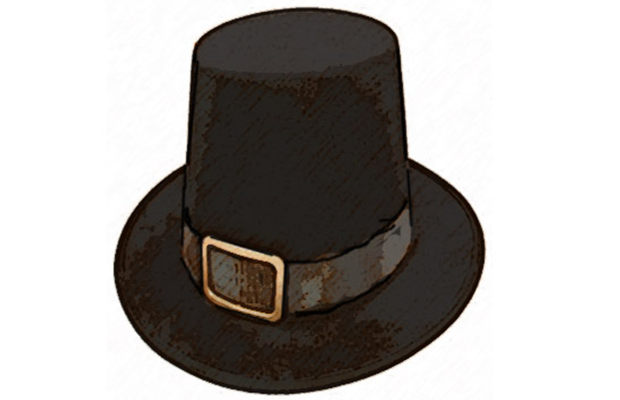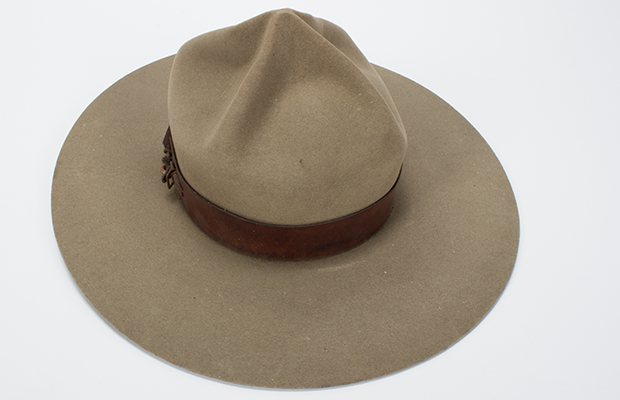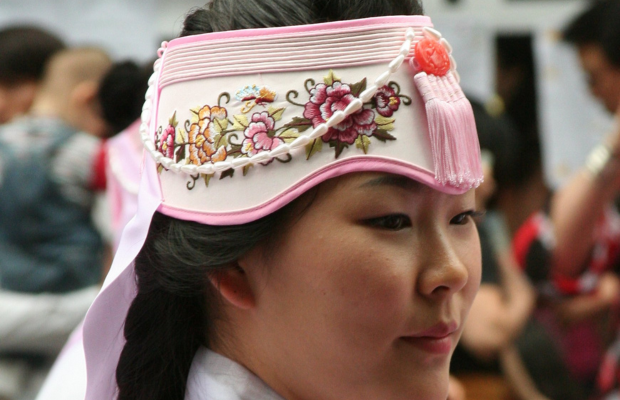
Exploring the Capotain: A Tale of Fashion and History
Introduction: A Hat Through Time
In the annals of fashion history, certain garments stand out as iconic symbols of their era. Among these is the capotain. A distinctive hat worn during the late 16th and early 17th centuries in England and northwestern Europe. Known for its tall, conical shape and flat crown. Exploring the Capotain a Tale of Fashion and History
Origins and Evolution
The origins of the capotain can be trace back to the late 16th century. Where it emerge as a fashionable headwear choice among the upper classes in England and parts of Europe. Its design, featuring a tall, cylindrical crown and a wide brim that was often turned up at the edges. Reflected the changing tastes and styles of the time.
Over the years. The capotain underwent various modifications and adaptations, reflecting shifts in fashion and societal norms. While initially associated with wealth and status. It eventually became more widespread, worn by individuals of all social classes as it evolved into a symbol of modesty and piety.
The Pilgrim Hat Connection
In the United States. The capotain is perhaps best known as the “Pilgrim hat,” owing to its association with the early settlers of the Plymouth Colony in the 17th century. Immortaliz in paintings and depictions of the Pilgrims, the capotain became synonymous with the image of the New World pioneers. Symbolizing their religious convictions and commitment to their faith.
While the Pilgrim hat may have differed slightly in design from its European counterpart The. essence of the capotain remained the same, serving as a tangible link to the past and a reminder of the enduring legacy of the Pilgrims in American history.
Symbolism and Significance
Beyond its role as a fashion accessory, the capotain carried deeper symbolic significance within the cultural milieu of its time. Its tall, imposing silhouette was often associate with notions of authority, dignity, and moral rectitude, reflecting the religious and social values of the period.
For the Pilgrims. the capotain served as a visual representation of their commitment to religious freedom and their desire to forge a new life in a foreign land. Worn amidst the trials and tribulations of the New World. The Pilgrim hat became a symbol of resilience and perseverance, embodying the spirit of exploration and adventure that defined the era.
Legacy and Influence
Despite falling out of favor in mainstream fashion by the mid-17th century. The capotain has left an enduring legacy that continues to resonate in the modern era. Its influence can be seen in various forms of cultural expression. From period dramas and historical reenactments to fashion trends that draw inspiration from the past.
Moreover, the Pilgrim hat remains an enduring symbol of American identite. Evoking images of Thanksgiving feasts and early colonial life. Its iconic silhouette serves as a reminder of the courage and determination of who brave the unknown in search of a better future. Leaving an indelible mark on the tapestry of American history.
Conclusion: A Hat for the Ages
As we reflect on the legacy of the capotain. We are reminded of its power to transcend time and space, connecting us to the rich tapestry of human experience. From its origins in Elizabethan England to its role in shaping the narrative of early American histor Exploring the Capotain: A Tale of Fashion and History






